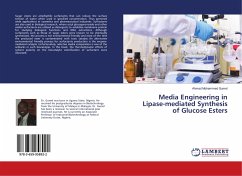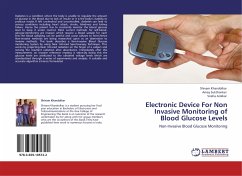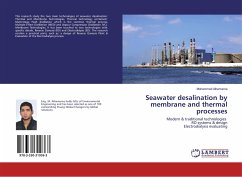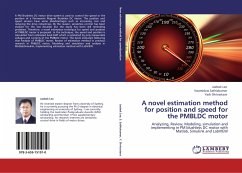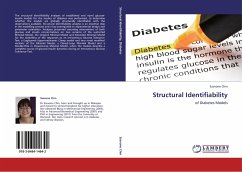
Structural Identifiability
of Diabetes Models
Versandkostenfrei!
Versandfertig in 6-10 Tagen
45,99 €
inkl. MwSt.

PAYBACK Punkte
23 °P sammeln!
The structural identifiability analyses of established and novel glucose-insulin models for the studies of diabetes was performed, to determine whether the models are globally structurally identifiable with the observations available. Structural identifiability analysis is an essential step in the modelling process and a key prerequisite to experimental design and parameter estimation. Analyses presented assuming observations of both glucose and insulin concentrations on two versions of the well-cited Minimal Model, the Original Minimal Model and Extended Minimal Model for the modelling of the...
The structural identifiability analyses of established and novel glucose-insulin models for the studies of diabetes was performed, to determine whether the models are globally structurally identifiable with the observations available. Structural identifiability analysis is an essential step in the modelling process and a key prerequisite to experimental design and parameter estimation. Analyses presented assuming observations of both glucose and insulin concentrations on two versions of the well-cited Minimal Model, the Original Minimal Model and Extended Minimal Model for the modelling of the responses to an Intravenous Glucose Tolerance Test; a Euglycemic Hyperinsulinemic Clamp model and two novel modified versions of the Minimal Model, a Closed-Loop Minimal Model and a Double-Pole in Closed-Loop Minimal Model, when the models describe a complete course of glucose-insulin dynamics during an Intravenous Glucose Tolerance Test.



